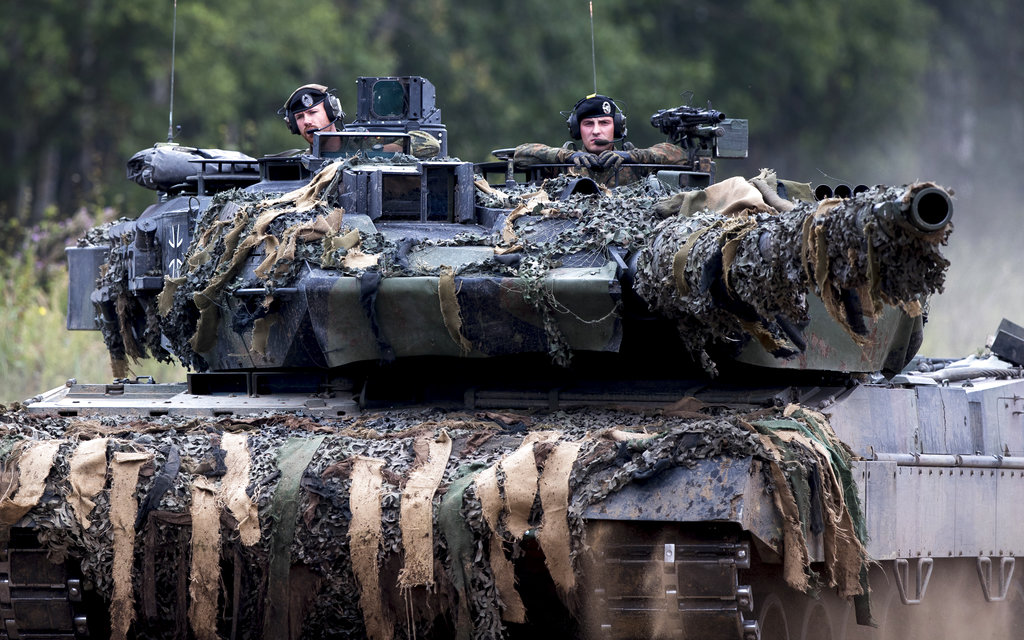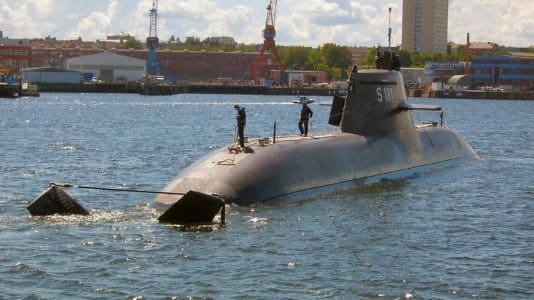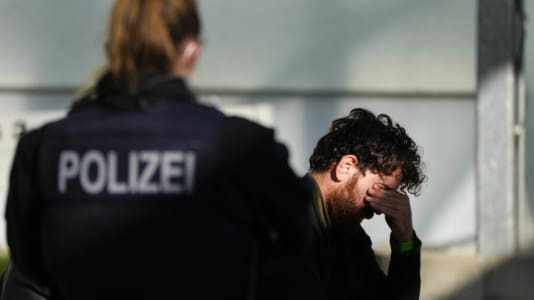The West is in a race against time to transfer new tanks to the Ukrainian front line as Europe risks being drawn into the war with Russia, experts have warned.
Time is running out for troops in Ukraine after several Western countries agreed to send tanks to help it defeat Russia’s army, and one expert says “there is no time to lose.”
Analyst Bruce Jones claimed, “This is absolutely a pivotal strategic moment in the war as the West now faces a severe time compression. Germany has delayed the process for some time… when it most matters.”
Despite the pledges by multiple Western allies to provide heavy-armored tanks to assist President Zelensky’s troops, the transfer of such units may not be realized until the spring at the earliest.
Earlier this month, Armin Papperger, the CEO of German defense giant Rheinmetall, told the Bild am Sonntag newspaper it would not be in a position to deliver Leopard 2 tanks until next year.
Newly appointed German Defense Minister Boris Pistorius said on Thursday, however, that 14 Leopard 2 A6 tanks from Bundeswehr supplies would reach the Ukrainian front line by the start of April.
Britain also announced on Thursday it expects to have delivered its promised Challenger 2 tanks by the end of March, while Canadian Defense Minister Anita Anand revealed its four pledged, combat-ready Leopard 2 tanks will be in Kyiv in “the coming weeks.”
Colonel Richard Kemp, a former commander of British forces in Afghanistan and intelligence adviser to the British government, told the Daily Mirror: “Ukraine is in a race against time to get armor to the front line. Now is their moment. The decision to supply Ukraine with main battle tanks is very welcome.
“Time is of the essence in holding back and then defeating Moscow’s forces in Ukraine, but the West must act quickly to get troops trained and crucially to get these tanks to the front line so they can be used cohesively against Russian troops.
“Used properly, they can be a devastating tool in such a war and could very well outmatch all of Moscow’s conventional weapons,” the former British Army commander told the newspaper, “but it could take a long time before Ukraine’s troops are ready to mount the kind of counteroffensive that will be needed.
Israeli newspaper Haaretz recently warned that “with expanded military aid to Ukraine, both qualitatively and quantitatively, the war is increasingly becoming an almost direct confrontation between Russia and the United States and NATO — certainly more so than it was at the beginning almost a year ago.”
The death toll on both sides of the conflict is already in the hundreds of thousands, and the latest tally of civilian casualties provided weekly by the Office of the UN High Commissioner for Human Rights (OHCHR) has recorded a total of 18,657 civilian casualties since the Russian invasion of Ukraine in February last year — 7,110 killed and 11,547 injured.
Indicative estimates from the Ukrainian Armed Forces as of Jan. 30 claim a total of 126,650 military casualties on the Russian side, with U.S. intelligence agencies suggesting a similar figure on the Ukrainian side. The exact number of deaths has been a sensitive topic, with some conflicting reports for both sides.






